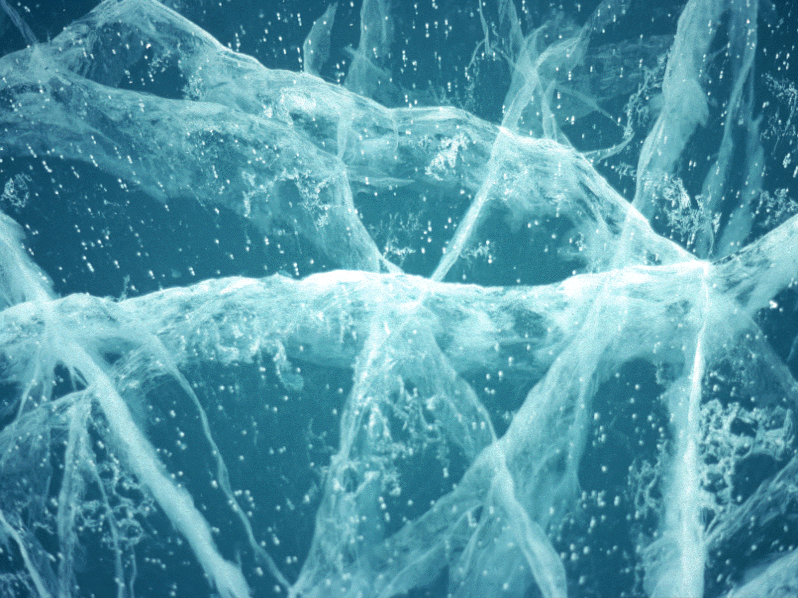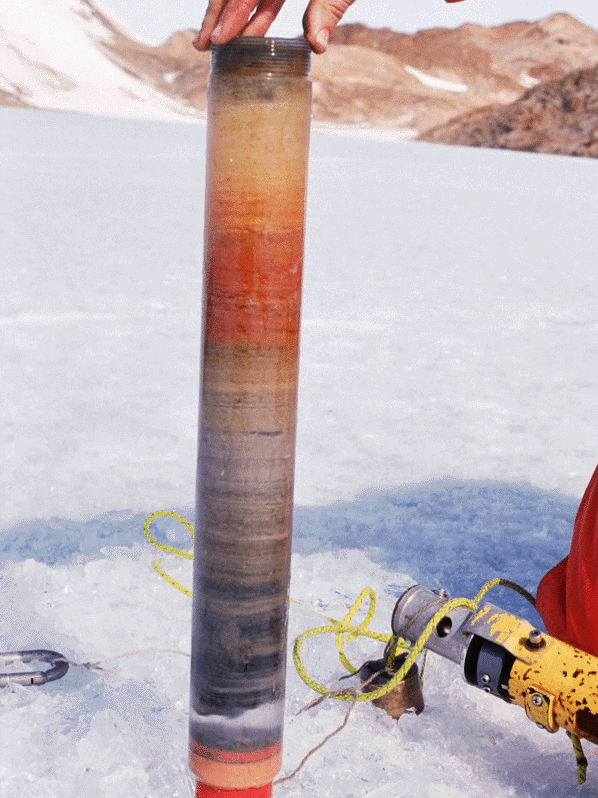Introduction and Background
SummaryResearch on microbial biodiversity in Antarctica is still in a starting phase though it is a very promising area of research. Antarctica is characterised by its geographical and climatic isolation. The extreme climate has led to the evolution of novel biochemical adaptations to severe low temperatures and hypersalinity (in lakes), and possibly also of indigenous species. In addition, most of the continent has experienced little or no anthropogenic influence. This offers a unique opportunity to gather data on diversity of pristine biotopes.

Objectives of the MICROMAT project
Our objectives are to assess and improve the characterisation of the
cultivated and 'yet-to-be' cultivated diversity of the bacteria, protists
and fungi in the mats of Antarctica and to test this biodiversity for its
novelty and potential biotechnological use.
- The study of the biodiversity of mat communities from diverse freshwater and saline lakes.
- Biotechnological use of the biodiversity
For the cultivated biodiversity, classical and novel isolation methods will be used. For example, the Benthic Gradient Chamber (1) will be used to mimic some of the gradients (O2, H2S, light...) present in the mats with the purpose to enrich for some organisms and try to maintain the mats. Phenotypic and genotypic characteristics of the strains will be determined. Modern molecular strategies, based on the SSU rDNA will be used for genotypic characterisation of the microorganisms, in order to establish a standard taxonomic approach. The diversity of pigments and light-protective compounds will be assessed. In parallel to strains isolation, the 'yet to be' cultivated biodiversity of all groups will be estimated for representative samples by the molecular approaches based on rDNA sequences, involving clone libraries and DGGE-like techniques.
Isolated strains of bacteria, fungi and protists will be screened for novel cold-tolerant enzymes and bioactive (antimicrobial) compounds. The nucleic acids extracted from the samples will also be submitted to screening for genes coding for proteases, cellulases and peptide synthetases.

Reference:
(1) Pringault et al., 1996, FEMS Microbiology Ecology 20, 237-250


